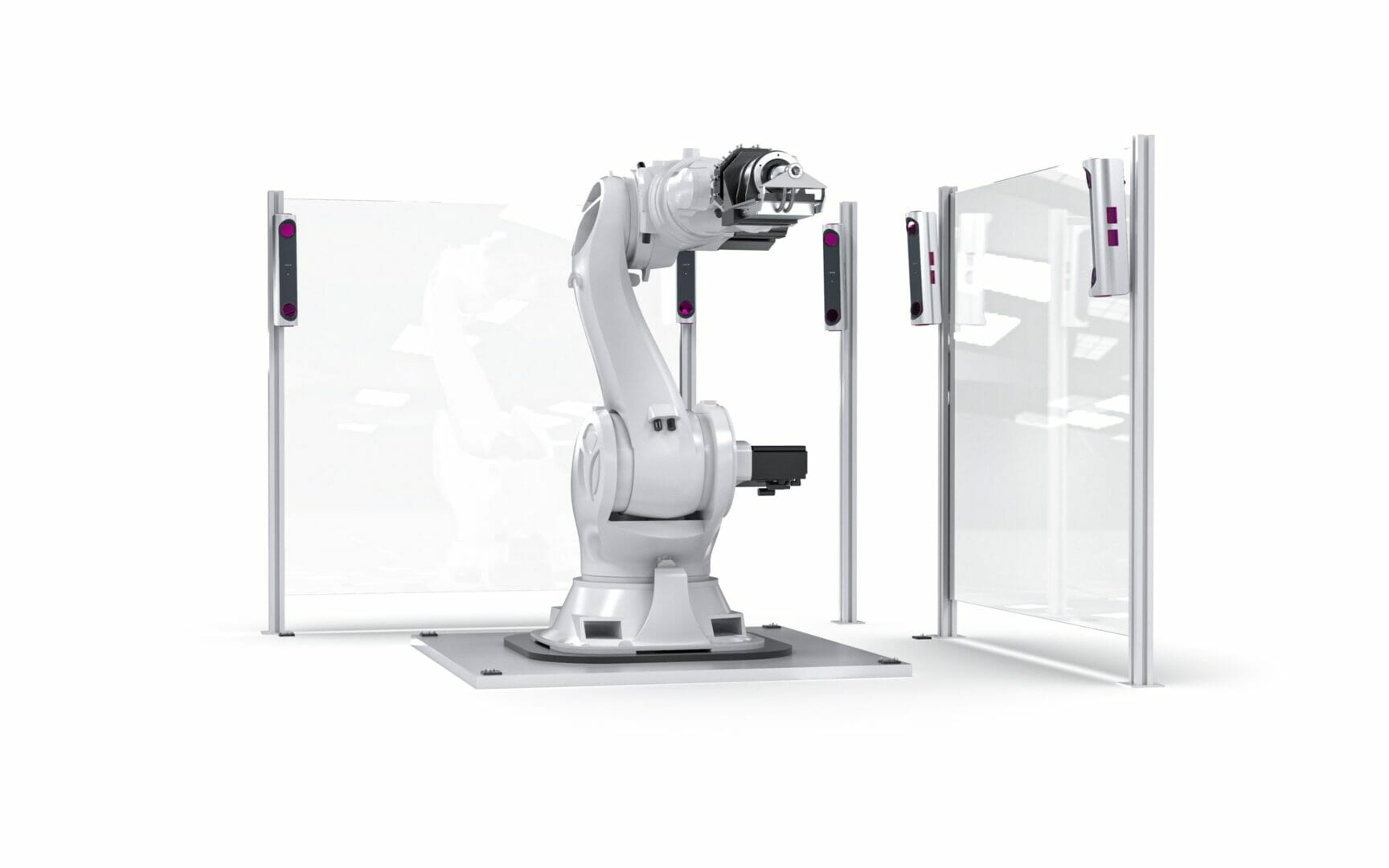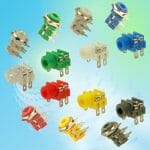- IONA is a network of sensors and software that can simultaneously capture alignment data from industrial robots and other points of interest, be that the work piece, fixture or cell datums.
- Using IONA, engineers can monitor the performance of automated systems and ensure they are performing consistently in accordance with the simulated or programmed intent.
- The data generated with IONA can be used to make corrections either as a one-off system calibration or as part of regular dynamic adjustments compensating for natural process variation.
The outputs of IONA are:
- Improved System Accuracy – Allowing more processes to be automated and improving process quality
- Correction to robot programs – Enabling faster commissioning and validating a digital twin
- Reduced automation downtime – Enabled by predictive maintenance using IONA SPC trend data.

INSPHERE Ltd announces a flagship new product that will create a step change in the productivity of industrial automation and generate process data to unlock the potential of a wide array of digital manufacturing technologies.
INSPHERE was co-founded by CEO Ben Adeline and CTO Oliver Martin in 2013 to develop the use of data to drive manufacturing process performance. The company works across a range of industries including aerospace, automotive and energy, and with clients such as Airbus, Rolls-Royce, BAE Systems and Jaguar Land Rover to deliver profitability and productivity with their innovative data driven hardware and software solutions.
Measurement technologies are typically used at the end of the production line where discovered faults or defective parts mean they are either scrapped or require expensive re-work. INSPHERE’s philosophy has always been to counter this traditional approach and use measurement data to enhance the process so that root causes in the production line can be identified early on and manufacturers can overcome costly downtime and the consequences of poor-quality parts when problems are unresolved.
INSPHERE’s growing portfolio of technology operate in real-time, automatically measuring the performance of manufacturing systems and instructing selfcorrection, creating a closed-loop control systems. This not only avoids downtime but also provides significantly quicker line set-up, reducing waste, improving productivity and ultimately enhancing profitability for manufacturers.
Industry Demand
- Automation is experiencing significant growth, in part driven by the pandemic and the need to create a step-change in productivity to fuel recovery.
- With ever shortening new product introduction cycles, manufacturing systems need to be far more flexible to reduce the cost of producing new product variants.
- Lack of performance of industrial automation is a barrier to realising the full value of ‘Industry 4.0’ technologies that purport to offer a solution to these challenges.








